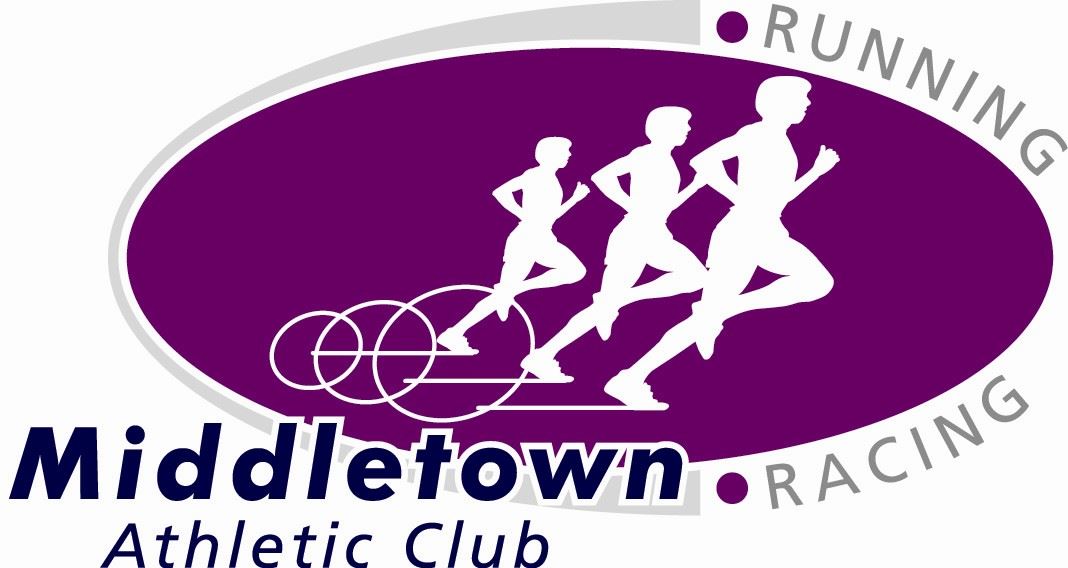It has been an odd spring of fluctuating temperatures and conditions. Put the flannel away, get the flannel out. Put the gloves away, get the gloves out. Now I’m no meteorologist but I do know running, and I think I can safely say that summertime means summer running and summer running means warm temperatures and conditions.
This spring has made it difficult to acclimate to the rising mercury and humidity. We have traded in wind chills for heat indices. Most experts will tell you it takes three to four weeks to acclimate properly to seasonal changes, whether it be cold or warm. The body is, after all, a creature of habit.
There are some really good tips to bear in mind as you prepare for the heat of summer training that I have predicted above (bet I’m right, too). Increasing your fluid intake, wearing lighter colored clothing, running or walking in the earlier part of the day or later part of the day, and even reducing your pace can help you acclimate to warmer weather and help you exercise safely. But remember, it does take time and patience!
Back in 2000, the women’s Olympic marathon trials were scheduled to be held in Columbia, South Carolina in late February. Even South Carolina can be uncomfortable in the winter. Race day was warm and humid and not conducive to fast racing. The majority of race favorites had to contend with cold-weather training (it WAS winter).
But one unlikely athlete, Christine Clark of Alaska (Alaska – now THERE’S a great place to train for a warm-weather race) trained almost exclusively indoors on a treadmill. Treadmill running isn’t the same as road running, but it’s much better than no running. Christine trained in a constant 70-degree environment, which just happened to be the temperature in Columbia, South Carolina on race day. As the 22nd seeded runner, Christine Clark won the race and was the sole U.S. representative that year for the women’s Olympic Marathon. Talk about being properly climate-ready!
She was ready for the weather because she was used to the conditions. Most runners just train for the race. In her case, she trained for the race, for the weather, for the necessary fluid and carbohydrate intake and even the terrain, using the treadmill’s elevation program. Famous Kenyan marathoner Juma Ikangaa once said, “The will to win means nothing without the will to prepare.”
In 2001, I prepared for my 25th Marathon like most runners do; lots of running. I averaged 60-70 miles a week from October through December, then tapered. My race of choice that year was Bermuda, a great destination marathon and a nice treat for #25. However, November and December were cold in Delaware, and race day in Hamilton, Bermuda dawned warm and steamy.
By the halfway point, temps had already eclipsed 70 and were headed higher. I should have used the lesson of Christine Clark the year before but I did not. I think everyone should see the ER of a hospital in a foreign country, don’t you? Lesson learned. And ask my wife about my organ donor card.
Take time to prepare and acclimate to the warmer temps and higher humidity ahead. Start now! Slow it down a bit, dress appropriately (invest in some cool-max or other high tech apparel), increase your fluid intake some and add some diluted sports drinks, avoid high temps until you are ready for them and of course, don’t forget the sunblock! Running in the summer can be enjoyed – at any temperature, but only if you’ve prepared for it.
